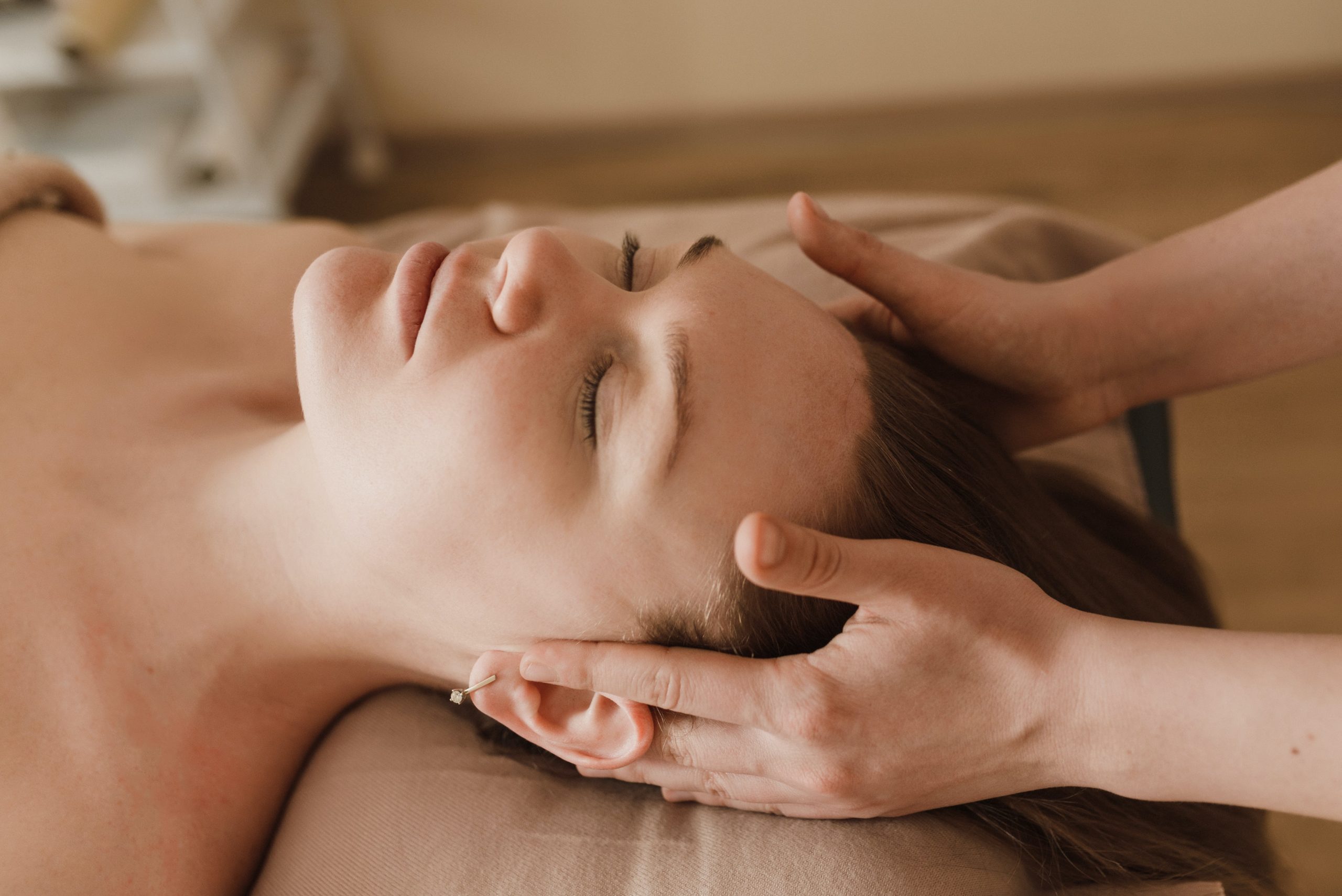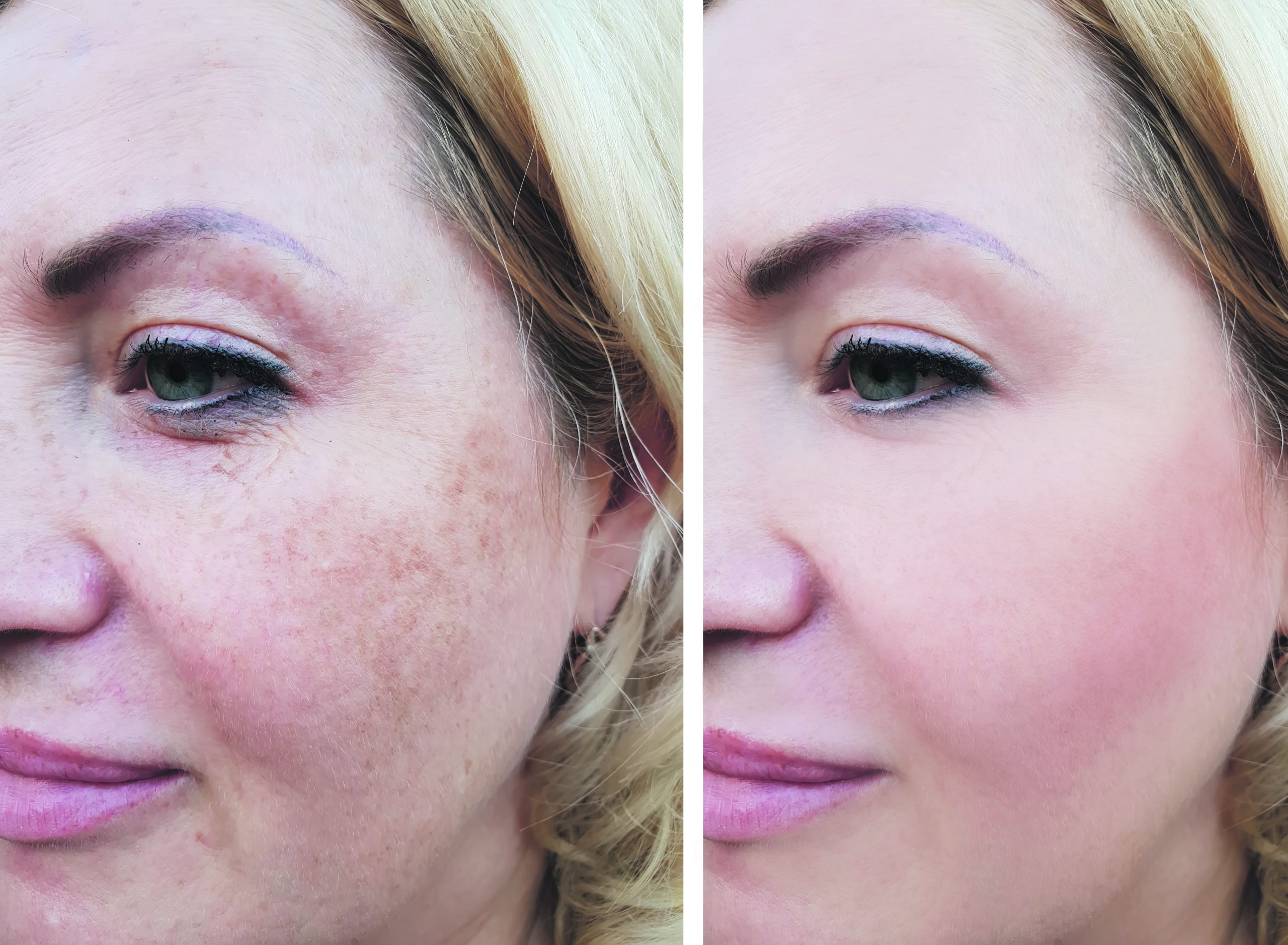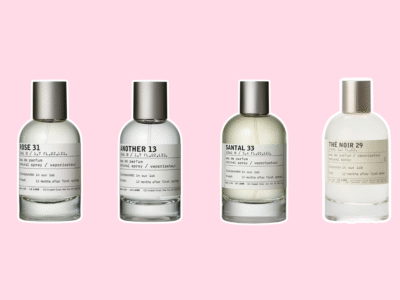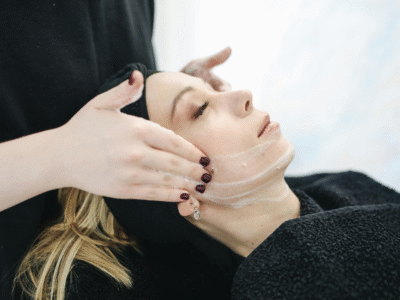While laser treatments like Fraxel and HALO are already big in the US, both are relatively unknown in the UK. London-based dermatologist Dr Asif is making it his life’s mission to change this.
As the years seem to pass with ever-increasing speed, as life’s stresses take their toll, and as more adverts appear on social media for the latest skincare revolution, it’s tricky to know where to turn for a treatment that really works.
Determined to steer clear of plastic surgery, I stumble across laser while trawling the internet for new anti-ageing and skin clearing treatments. Reported to help with issues varying from acne to tattoo removal, the use of laser is still relatively unknown in the UK. I turn to dermatology expert Dr Asif and London’s Sk:n clinic to find out more, before trying it for myself.
What are laser skin treatments?
Laser is, in fact, an acronym; it stands for light amplification by stimulated emission of radiation. The way it’s used here, wavelengths penetrate the skin at varying points, triggering repair and collagen production by tricking the skin into a healing phase.
Dr Asif is one of the UK’s most respected leaders in the field. He lives and breathes laser and wants to make the UK a “first-world laser nation”.

What’s a HALO laser treatment?
“Halo is a great introduction,” Dr Asif explains. “It’s suitable for all skin types, can be used to treat pigmentation and fine lines, and the downtime is minimal.”
Halo laser treatment uses hybrid technology to stimulate new collagen, aiming to perfect tone and texture. It requires a non-ablative laser to stimulate collagen growth and an ablative laser to remove the top layers of skin, which eventually fall away to reveal a clear complexion, in theory. Both lasers use one wavelength, which penetrates through to deeper tissues.
What’s a Fraxel facial?
Like Halo, the Fraxel laser facial treatment stimulates collagen growth but penetrates slightly deeper so it’s perfect for treating superficial sun damage, age spots and acne scars. It’s a non-invasive and microscopic laser, which essentially resurfaces the upper layers of skin, doing away with any dark spots and wrinkles. Dr Asif then describes CO2 and Erbium YAG as the “big guns”. “These are the lasers I use for scar management,” he explains.

Fraxel laser resurfacing results
After considering my options I choose Fraxel, which targets all my problem areas, and head to Sk:n’s spotless Harley Street clinic to see Dr Asif for the second time.
After a layer of numbing cream, a cup of tea while I wait for it to kick in, and a rifle through my goodie bag of aftercare products — moisturiser, SPF and aloe vera gel — I head to the treatment room. “For Fraxel, the laser wants to pass over each area of skin about six times,” Dr Asif explains as he starts on my forehead. “Wavelengths penetrate the skin, triggering repair and collagen production.” What follows is a prickly sensation that, while mildly uncomfortable, is totally bearable.
The whole treatment takes less than 25 minutes. As Dr Asif turns the machine off, I remove my protective goggles and my face feels hot, as though I’ve fallen asleep on a beach and forgotten my sunscreen; it’s a sensation that will last about 24 hours, I’m told.
Over the course of a few days, the top layer of my skin peels away like a snake shedding its skin. It’s incredibly satisfying to see the new skin underneath, a little pink, but beautifully free from lines and blemishes. I hide at home while going through the snake-like process and when I emerge friends marvel at my new complexion. It seems the age of the laser has well and truly arrived.
Fraxel laser with Dr Asif at one of London’s Sk:n clinics costs around £850.













